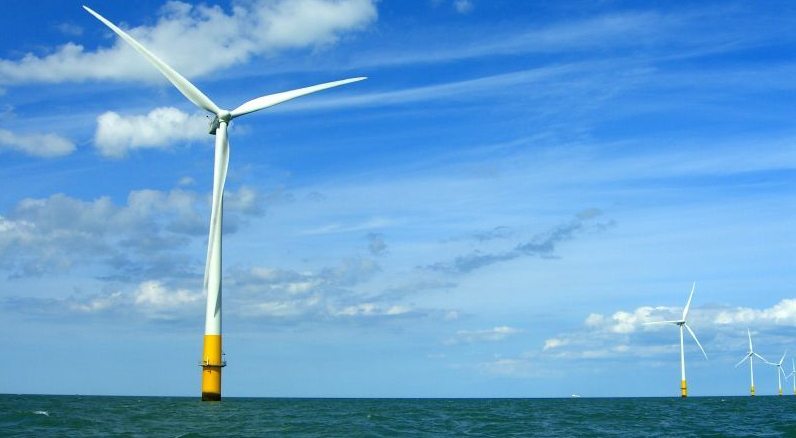The Scottish Government will invest £70 million to support offshore windfarms as renewable energy becomes the country’s economic priority.
“We have established a new strategic priority Transition to a Low Carbon Economy building on Scotland’s competitive advantage in this area and reflecting the excellent opportunity we have to secure investment and jobs in the low-carbon sector.”
The strategy outlines actions to deliver a target of a 50% increase in exports by 2017 and to continue to make Scotland attractive for inward investment.
Mr Swinney also repeated a call for more economic powers.
“This government is maximising the full economic potential from our existing levers to accelerate recovery, create jobs, and promote growth,” he said. “As more and more successful business leaders, job and wealth creators across Scotland recognise, Scotland needs full control of these levers to meet the specific challenges facing our economy.”
Scottish Labour finance spokesman Richard Baker said the plans remain too vague.
He said: “We welcome the publication of this strategy because we have argued for some time that we don’t just need a Plan B from George Osborne on the economy but a distinctive Plan for Scotland from John Swinney.
“The SNP say they want these to focus on the low-carbon technologies but I’d want to see more detail.
“They have no clear interim targets for their goal of producing 100% of Scotland’s electricity demand from renewables by 2020.
“They promise the creation of 130,000 ‘green’ jobs but again we don’t know when this will be achieved nor are there interim targets.”
Liberal Democrat leader Willie Rennie said: “The Scottish Government is the last administration in the UK to publish four-year spending figures. That means we have no idea if their spending review will support their economic aims.”
Photo by Flickr user phault.
Finance Secretary John Swinney made the announcement as he unveiled the Government Economic Strategy, which puts green technology at the heart of economic recovery.
Mr Swinney claimed the government’s plans would support the transition to a low-carbon economy capable of supporting 130,000 jobs by 2020.
He also revealed the Scottish Government is to create four enterprise zones, including sites with a focus on low-carbon manufacturing opportunities, to attract more inward investment.
Monday’s announcement is a further boost to Tayside and Fife’s hopes of benefiting from the anticipated boom in offshore wind. The Scottish Government has pledged all the country’s electricity requirements will come from renewables by 2020.
Both areas are ideally placed to support offshore windfarms and companies such as Basque firm Gamesa have identified Dundee as a possible base.
However, the Scottish Government refused to say whether Tayside or Fife will form part of any of the new enterprise areas.
A spokeswoman said the four sites were not decided but it was hoped they could be revealed “within a couple of months”.
Earlier this year Chancellor George Osborne said that 21 enterprise zones are to be created in England. They were last used in the 1980s to help regenerate deprived areas.
Mr Swinney also said the Scottish Government would create a Next Generation Digital Fund to accelerate the roll-out of superfast broadband across Scotland and use its £9 billion public procurement spending to help promote jobs and growth.
He added that capital spending would be prioritised to maximise economic impact.
He also guaranteed a place in education or training for all 16 to 19-year-olds.
Mr Swinney said: “The strategy builds on the foundations for long-term economic prosperity that we set out in 2007 and focuses our actions on six strategic priorities which will accelerate recovery, drive sustainable growth and develop a more resilient and adaptable economy.”
Continued…
